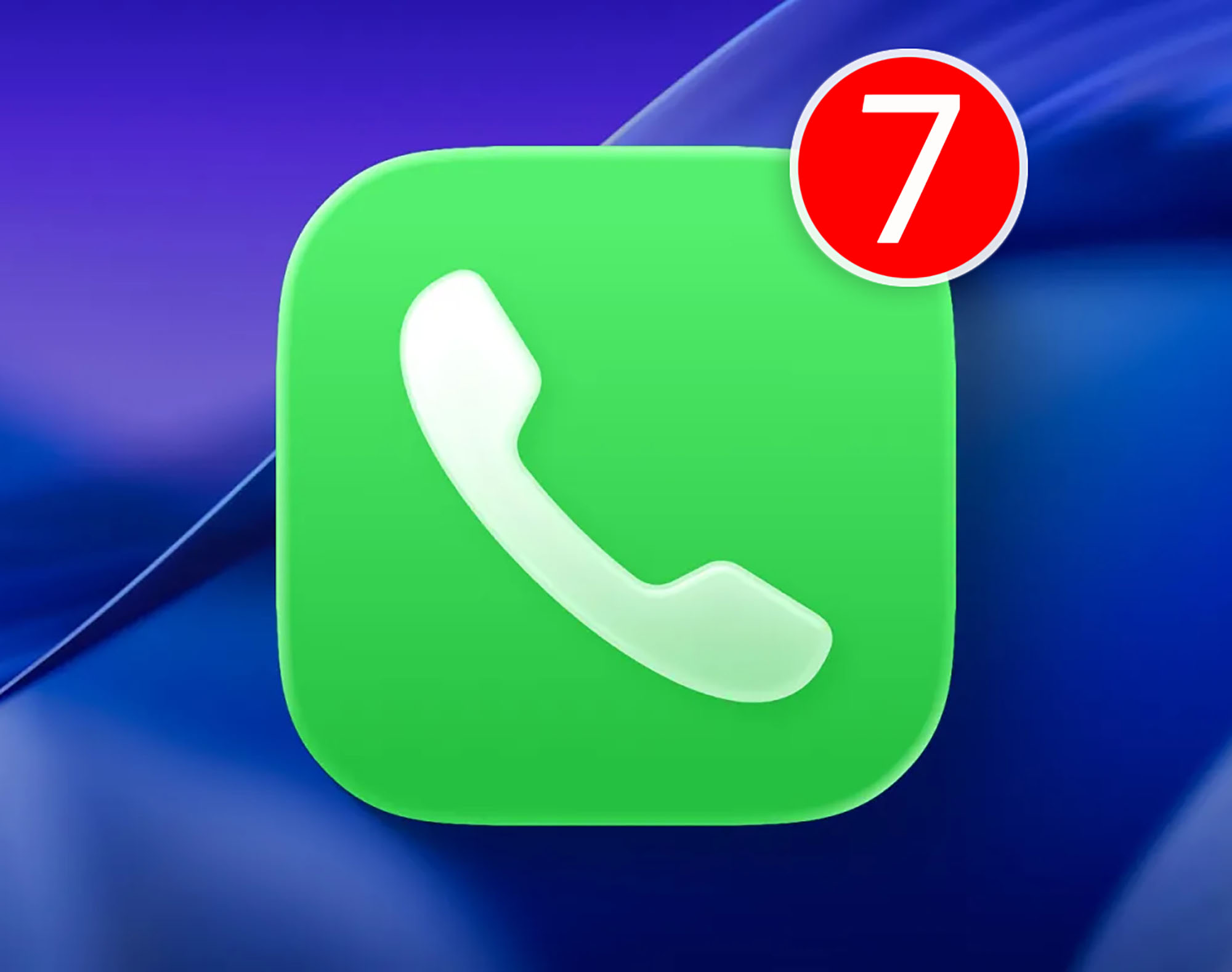This week we will be able to enjoy what could be called The most underrated meteor shower of the year. Although the Perseids are the most famous, the Geminids are usually much less known. At least in the northern hemisphere, where they occur in midsummer, everyone has seen the Perseids at some point. However, few can say the same about Geminids.
And this is very unfair, because this is a particularly intense meteor shower with up to 150 meteors per hour at the peak of its development. Moreover, unlike other meteors, such as those that make up the Perseids, their colors are very bright, ranging from white to yellow, green and red. First of all, they tend to look greenish in color.
The reason is that, unlike other known meteor showers, the Geminids did not originate from the remnants of a comet, but from an asteroid. Its composition is different, so these remains contain metals which, when burned, produce an effect similar to that of fireworks. If we haven’t convinced you to see them by this, there’s not much we can do. But of course you are missing this.
Interesting facts about the Geminids
Geminids visible from 4 to 20 Decemberalthough we can see its top at night from December 13 to 14. It’s Friday, so hopefully we won’t have to get up early the next day.
They must meet that night up to 150 meteors per hourbut the good thing about this meteor shower is that it is intense for several days, so several days before and after it was possible to see up to 120.
All meteor showers are formed when debris left behind by a comet (or in this case, an asteroid) collides with the Earth and, as it passes through its atmosphere, is ignited by friction. The Geminids originated from the remains of an asteroid 3200 Phaeton. They are rich in metals such as calcium or sodium, hence Gemini’s bright colors.
All this makes them special, but there is something more. It turns out that today Phaeton 3200 is considered an asteroid, but it is impossible to know for sure. Its mode of movement doesn’t quite match what you’d expect from an asteroid, so there are experts who suggest it could be a new celestial object: stone comet
Tips to see this special meteor shower
We’ve already seen that, with luck, we’ll be able to stay up late during the peak of the Geminids. This is fortunate because it will peak at 03:00 UTC or, in other words, 04:00 Spanish Peninsula time. Anyway, for those who are not night owls, don’t panic. They will also see each other for the rest of the night.
Unfortunately, the Moon will not make our task easier, because will be 98% full. Its luminosity will not allow us to see even the faintest meteors. But given that this is a particularly bright meteor shower and that around 150 meteors will be visible per hour, it’s likely that we’ll see a lot of them.

We just need to find a place as far away from light pollution. As the name suggests, the Gemini radiant is located in the constellation Gemini. This means that it is from this point in the sky that they appear to be born. But you don’t have to look there. The ideal is to focus your gaze on a very dark point and leave it motionless to see as many stars as possible.
Of course, if you live in the northern hemisphere, you will have to dress very warmly. But it will undoubtedly be worth it.
Source: Hiper Textual














